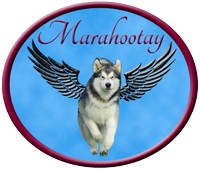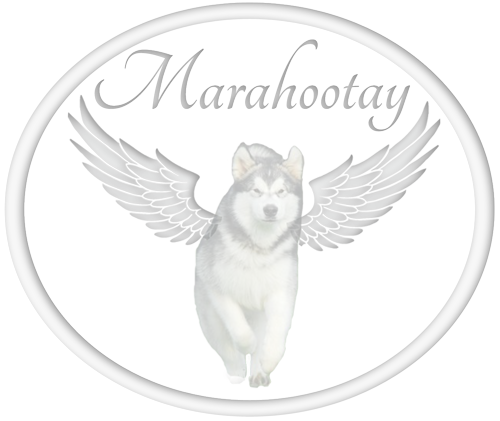An Introduction to working and competing with your dogs
It can be quite overwhelming or even frightening when you first contemplate training for, entering and competing in a sled dog rally. You’re not sure how to start, and you have a thirst for information that needs to be quenched.
- How old does your dog have to be before you can start?
- What equipment do I need?
- Where can I get it from?
- What’s the best way to train?
- Which rallies can I compete at?
- How do I enter?
- What classes can I enter?
One thing to remember is that there’s no better way to learn than through experience. Even if you’re just starting and not competing, try to get to as many rallies as you can. This will not only help yourself,but more importantly help your dog(s) get used to the rally atmosphere.
Until you actually go to a rally, it’s hard to imagine the noise that hundreds of excited sled dogs can make. This is one thing it is best to get your dogs used to as soon as possible, as it can be quite intimidating for them at first.
Attending a rally is also a good way of getting to know people “on the circuit” and a good chance to tap into all the knowledge they’ve gained through experience. It is important to remember though, that if you are taking your dog to a rally, to not interfere or get in the way of any of the competitors just before their turn to race. You’ll have plenty of time to chat after they’ve finished.
Most rally circuits for two dog teams are between 3 and 4 miles, so its best to work up to these distances. One very important part of the training that must not be overlooked, is command training. The basic commands are “Gee” for right turn, “Haw” for left turn, “Straight on” for straight on at a crossroads, “On by” for overtaking or passing a distraction. There are many other commands such as “Hike on” or “Get on” for speeding up, or “Steady” or “Easy” for slowing down. One of the best ways to teach the commands is through repetition. This can be done by taking the same course over and over again, so that the dogs “know the way” – always giving the correct command at the appropriate turn etc.
Another method of training to help improve general fitness for your dog, and yourself for that matter, is to use a “springer”, which is attached to a bicycle frame by brackets. The idea behind it is that you can cycle along while your dog trots beside you. Although this method of training will improve the fitness of your dog, it will not teach it how to pull.
If you intend to train in the summer months, keep training to a minimum, both distance and frequency, and only early in the morning or late in the evening when the temperatures are cooler. It is advisable not to train dogs in temperature above 16 degrees celsius. Whenever you train your dog, be it in the summer or winter, always have plenty of fresh water on hand.
The main thing when training is never over-do it. Always observe your dog’s condition during and after training. Fitness in dogs, is like humans, it takes a long time to achieve, so don’t try and push your dog too far, too early.
There are many different organisations that run rallies all over the UK. You can run at all of them providing you comply with their rules and regulations. Some you have to be a member of before you can compete at one of their rallies.
To enter a rally, you must fill in a rally entry form, making sure it is returned well before the closing date indicated. Many of the organisation web sites have forms ready for you to download. You could also contact the organiser by phone, fax or email. They will be only too happy to send you a form. The more entries the better.
Classes differ from organisation to organisation. When running a Malamute team, it is best to look for those classes that are noted as Malamute or freight breed classes. If these are not available, look for the mixed breed classes (eg D2 for SHCGB)
Remember, if in doubt with anything, just ask.



